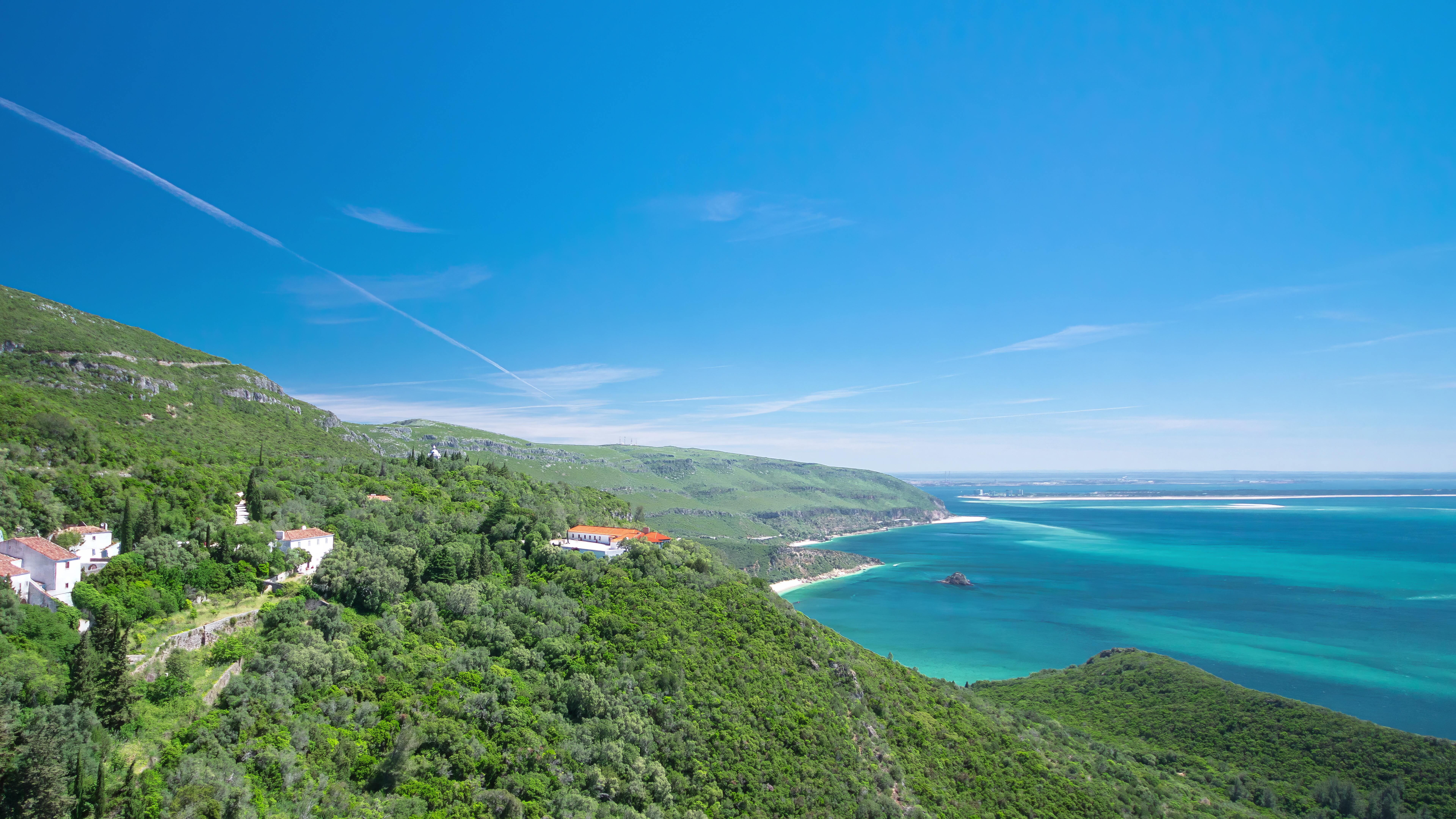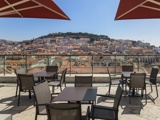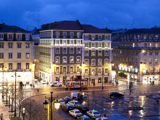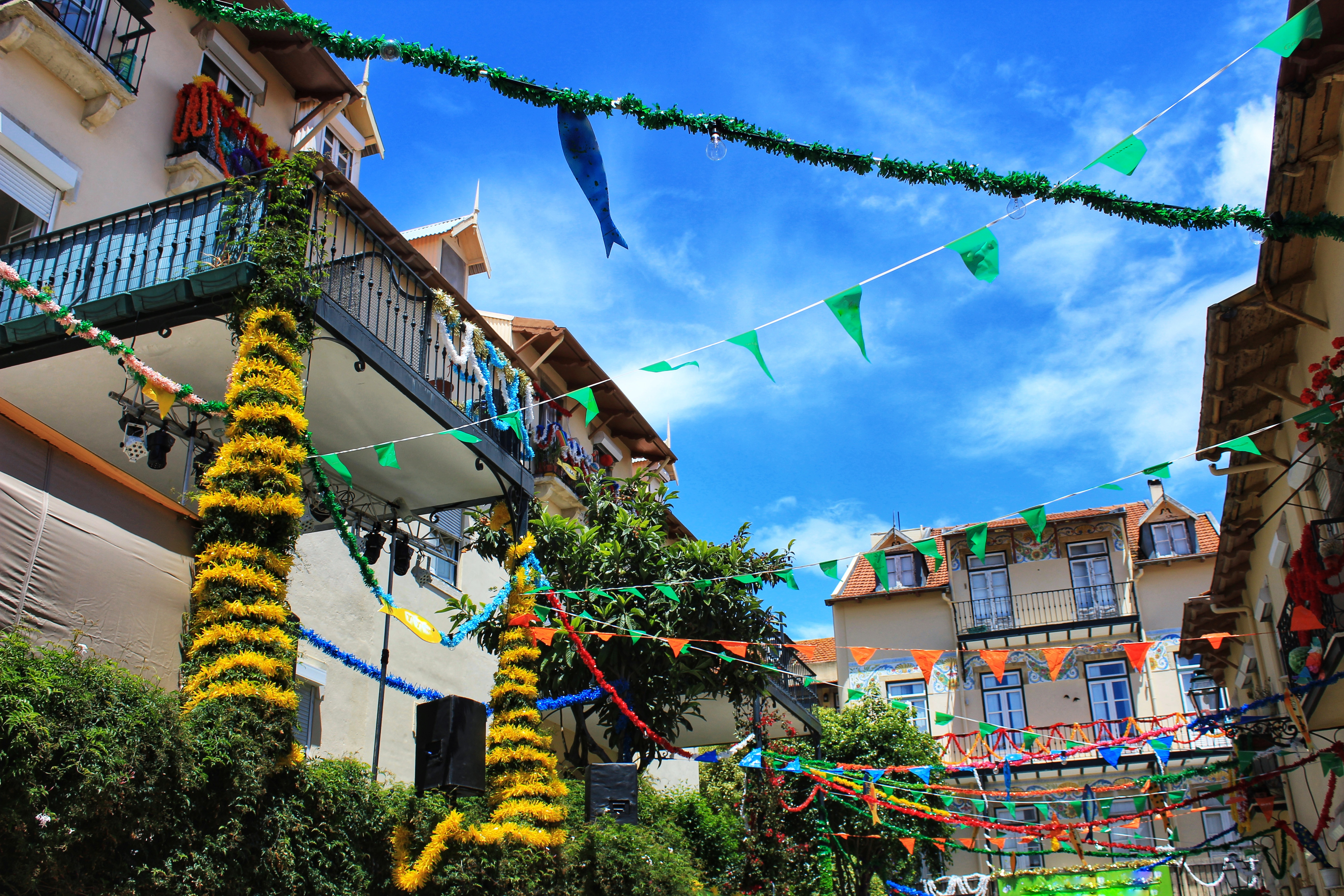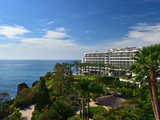Lisbon, the picturesque capital of Portugal is draped across seven hills overlooking the glistening blue waters of the River Tagus. Once known as Olisippo, Lisbon has been inhabited at least once by all the greats of the ancient world from the Phoenicians, Greeks and Carthaginians to the Romans. The ‘Age of Discoveries’ in the 15th Century brought great wealth to the port city of Lisbon as Portugal's hugely successful maritime expeditions enabled it to control important trade routes to India & the Americas. However a devastating earthquake in 1755 destroyed most of the city leaving it up to the then Prime Minister, Marques de Pombal to rebuild the city ‘earthquake proof’ as it stands today. Now a city of contrasts where modernity lives side by side with vestiges of history Lisbon is a vibrant city steeped in history, culture & tradition.
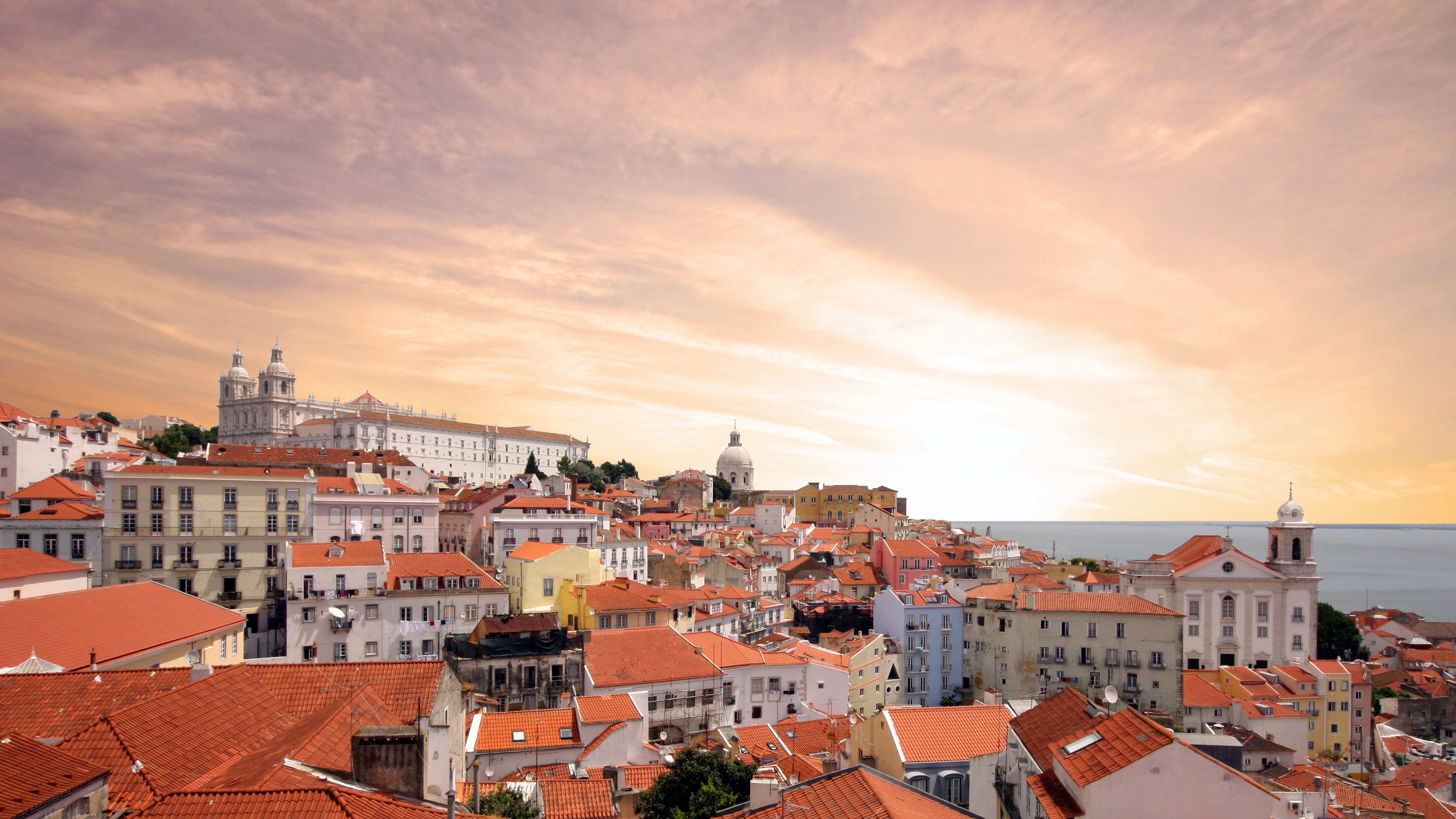
The districts or 'Bairros' of Lisbon each have their own unique characteristics. Lying south of Castelo São Jorge you will find Alfama, Lisbon's oldest 'Bairro' which was left untouched by the great earthquake. This old fashioned residential neighbourhood has an old world charm with its haphazardly arranged cobbled streets lined with white washed buildings whose wrought-iron balconies are often adorned with flowerpots, laundry, and caged birds. Amid the tightly packed alleyways are churches, markets, taverns and Fado houses; and to the west stand the twin towers of the Sé Cathedral, Lisbon's most iconic religious building.
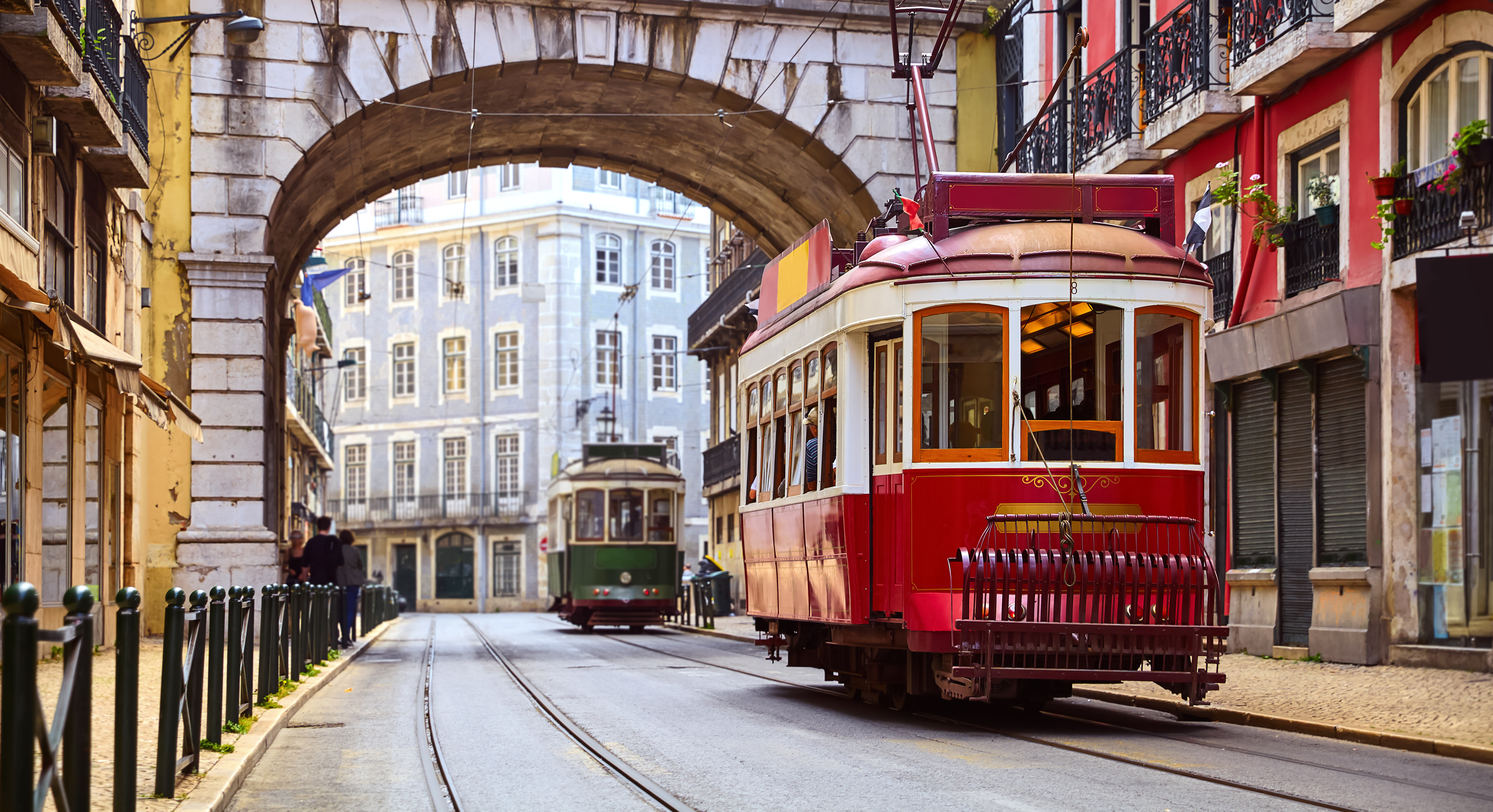
In contrast the streets of the commercial hub of the capital, the Baixa & Chiado which were rebuilt after the earthquake, are neatly organised in a grid layout lined with shops, restaurants and cafes. Bairro Alto, the epicentre of Lisbon's nightlife can be found nearby with an array of bars and restaurants open into the small hours of the morning. Further along the river lies Belem with its manicured outdoor spaces, imposing monastery and world heritage monuments. A network of buses, metro, trams and funiculars work together to link these parts of the city all together and a ride on tram No 28 will take you on a journey through most of the important historical sites.
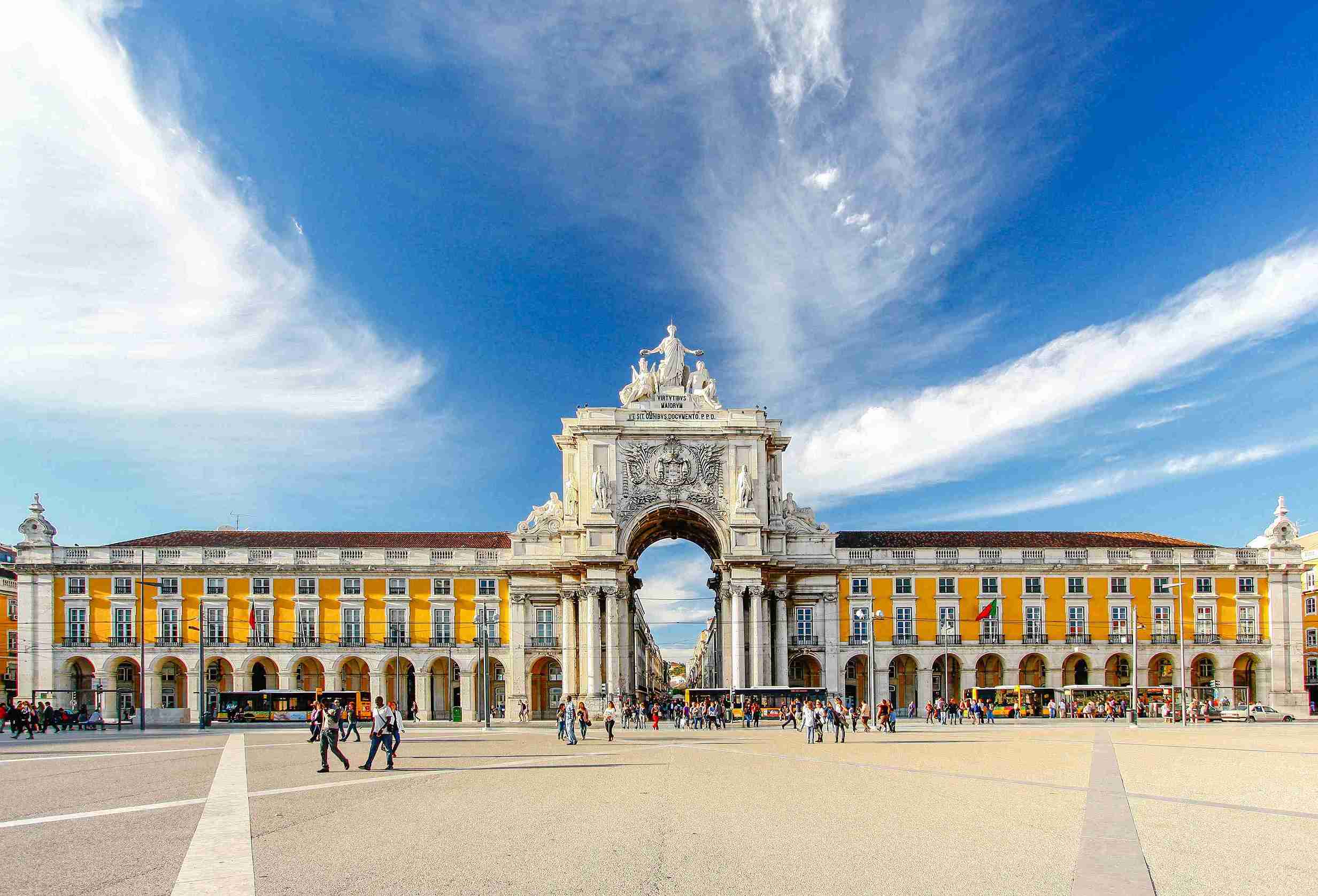
Due to its close proximity to the quaint seaside resorts of Cascais & Estoril, Lisbon is an ideal destination for a city-plus-beach break. Along the coast lie numerous gold sandy beaches, marinas and charming villages. One of the most visited is The Unesco World Heritage Site town of Sintra set amidst the lush fragrant pine covered hills of the Serra de Sintra, once frequented by royals and aristocrats as a holiday retreat. Sintra is home to many palaces and stately homes which are now open to the public, such as The Palácio da Vila and the fairy tale Palacio da Pena to name but a few.
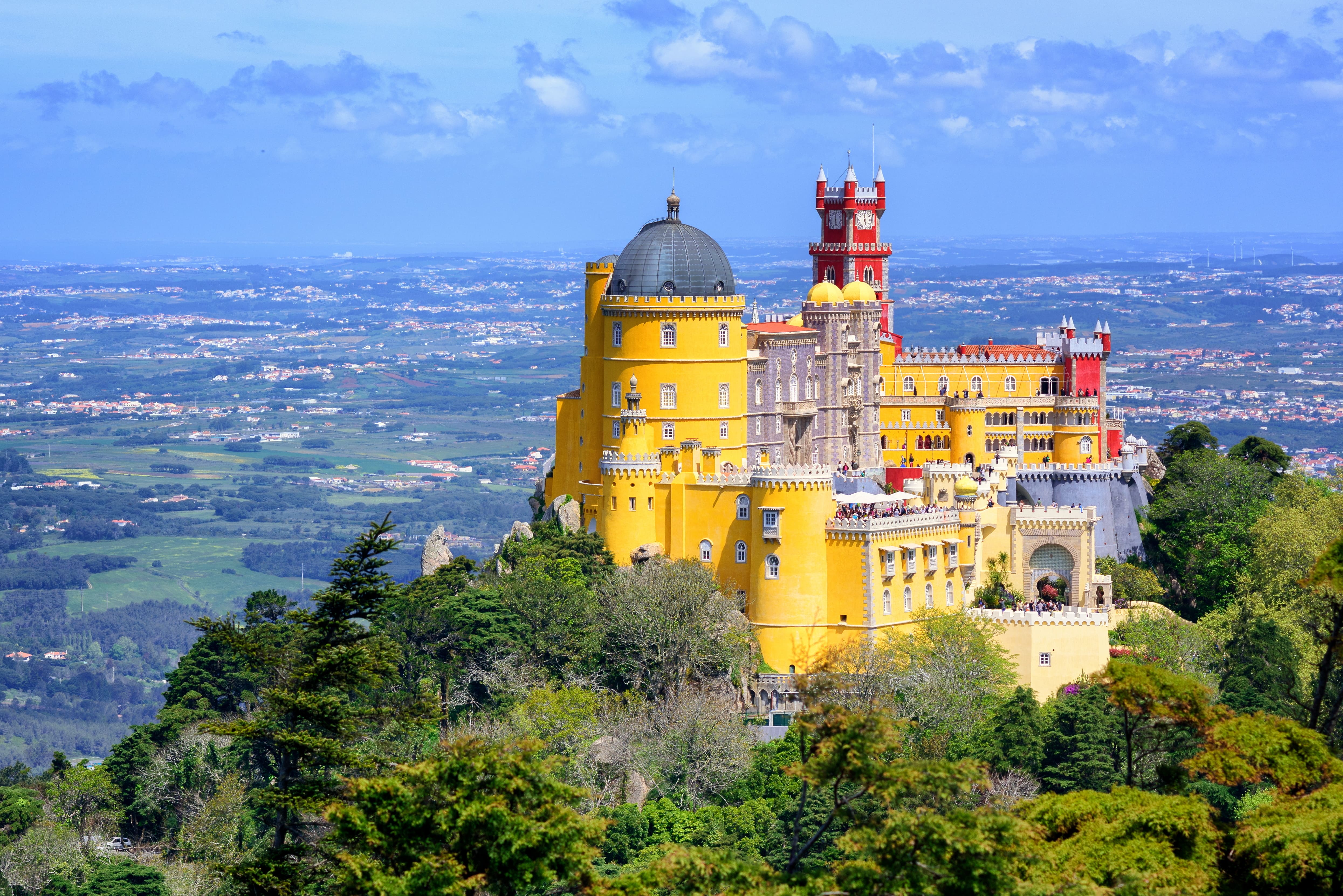
Over the river there are two impressive bridges which connect Lisbon to the south; the striking red Ponte 25 de Abril and Ponte Vasco da Gama (Europe’s longest bridge). Nearest to Lisbon you will find Costa da Caparica, where kilometres of wide golden sandy beaches lie dotted with restaurants & bars. As you continue to follow the coastline you will cross the natural park of Arrábida, an area of unspoiled beauty and stunning beaches, such as the natural bay of Portinho da Arrábida with its turquoise waters and white sand. The fishing villages of Setubal and Sesimbra are also held in high regard for the abundance of fresh fish and seafood on offer, the former in particular is home to the delicious Choco Frito (fried cuttlefish).
